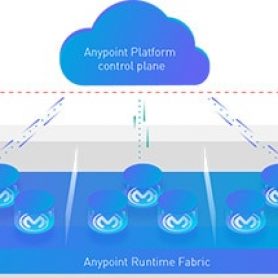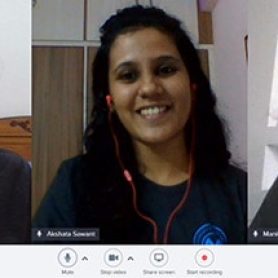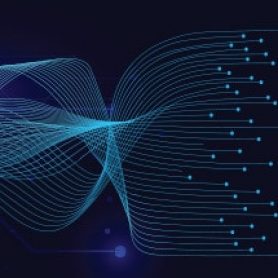Latest posts
How to be a matchmaker using DataWeave and regular expressions
In this blog, we’ll look at how a regular expression (regex) can give you the power to transform text in your DataWeave programming. When... read more.
How to review concatenation functions in DataWeave 2.0
Contrary to what most developers believe, there are different ways to achieve concatenation in DataWeave 2.0 for several data types. While the most popular... read more.
How to deploy Anypoint Runtime Fabric in Oracle Cloud
Anypoint Runtime Fabric is a container service that automates the deployment and orchestration of Mule applications and API gateways. Runtime Fabric runs within a... read more.
4 ways to externalize MuleSoft logs to the Elastic Stack
The former Netflix Architect Allen Wang posted back in 2015 on SlideShare: “Netflix is a logging company that occasionally steams video.” Five years ago,... read more.
Meet the top MuleSoft Contributors of Q2
Over the last several months, the MuleSoft Community has successfully transformed into an entirely virtual — but still as vibrant as ever — place for... read more.
How to untie multilevel structures with DataWeave recursive calls
It's rare for developers to work with flat data structures — instead we often work with multilevel data structures. Normally, XML uses multiple layers... read more.
How to create reusable DataWeave scripts for healthcare acceleration
Tyler Haigh, DevOps Engineer at New South Wales Health Pathology (NSWHP), spoke at our MuleSoft CONNECT Digital event in APAC. He has more than... read more.
Everything you need to know about observability in Anypoint Platform
Observability is a comprehensive set of capabilities around logging, analytics, monitoring, troubleshooting, and measurement of a system. Here the term system is broadly used... read more.
How to write curried functions in DataWeave
One of the most valuable characteristics of DataWeave is that it is a functional programming language. This means it is dynamically able to solve... read more.
How to enable monitoring for application stability
For the last few decades, application and operational teams have been preaching loudly about monitoring and alerting capabilities to improve system resiliency. It is... read more.
























